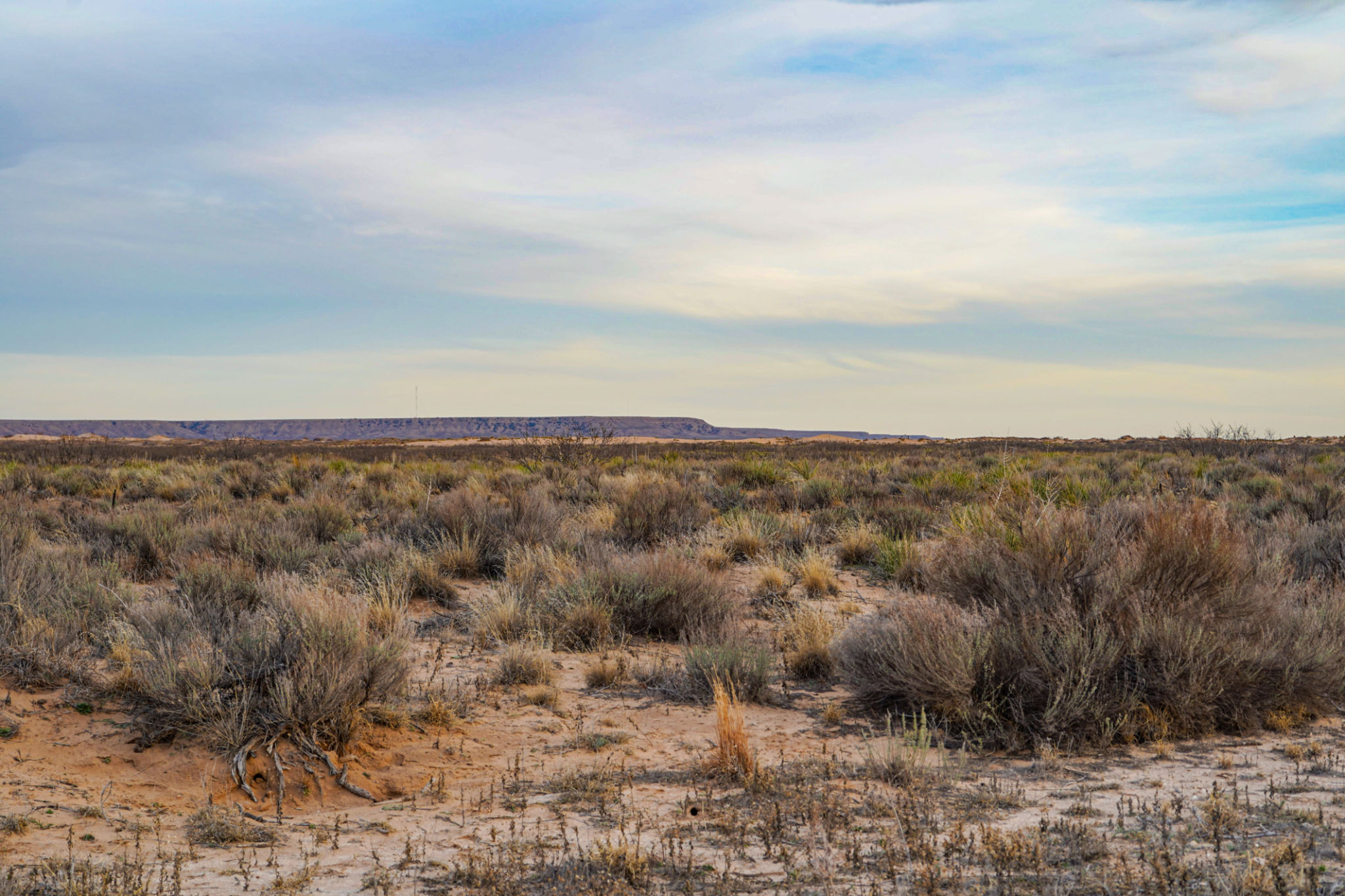Desert Safari Safety Tips: What You Need to Know Before You Go
Understanding the Terrain
Embarking on a desert safari can be an exhilarating experience, but it’s crucial to understand the terrain before setting off. The desert landscape is vast and often unpredictable, with shifting sands and varied topography. Being aware of your surroundings is fundamental to ensuring your safety and enjoying your adventure to the fullest.

Proper Attire and Gear
Dressing appropriately is essential when venturing into the desert. Loose, light-colored clothing is recommended to reflect sunlight and keep you cool. A wide-brimmed hat and sunglasses will protect you from the harsh sun, while a sturdy pair of shoes will provide the necessary support and grip for walking on sand. Don’t forget to apply sunscreen generously and carry a scarf or bandana to protect your face from sand and wind.
Hydration is Key
Staying hydrated is perhaps one of the most critical aspects of a desert safari. The arid climate can quickly lead to dehydration, so it’s vital to carry an ample supply of water. It’s advisable to drink small amounts frequently rather than waiting until you feel thirsty. Including electrolyte solutions can also help maintain your body’s salt balance.
Vehicle Safety Measures
If your safari involves a vehicle, such as a 4x4, ensuring its safety is crucial. Before setting out, check that the vehicle is in good condition, with properly inflated tires and sufficient fuel. It’s also advisable to travel with an experienced driver who is familiar with desert driving techniques. Seatbelts should be worn at all times to minimize injury risk during bumpy rides over dunes.

Emergency Preparedness
Being prepared for emergencies can make a significant difference in the event of unforeseen circumstances. Carry a first aid kit equipped with basic supplies such as bandages, antiseptic wipes, and pain relievers. It’s also wise to have a fully charged mobile phone and a portable charger, although signal availability may be limited in remote areas. Inform someone of your travel plans and expected return time.
Respecting Wildlife and Nature
The desert is home to a variety of wildlife that should be respected and observed from a distance. Avoid disturbing animals, as they can be unpredictable if threatened. Stick to designated paths and avoid littering to preserve the delicate ecosystem. Remember, leaving no trace ensures that the beauty of the desert can be enjoyed by future visitors.

Guided Tours and Professional Advice
For those unfamiliar with desert safaris, joining a guided tour is highly recommended. Professional guides possess invaluable knowledge about the terrain, wildlife, and local culture, enhancing your experience while ensuring safety. They can provide insights into the best times for excursions and tips for navigating challenging areas.
Timing Your Adventure
Selecting the right time for your desert safari can greatly influence your experience. Early morning or late afternoon tours offer cooler temperatures and stunning lighting for photography. Midday excursions should be approached with caution due to intense heat, so plan your activities accordingly to avoid discomfort.
Conclusion
By following these safety tips and preparing adequately, you can enjoy an unforgettable desert safari adventure. Embracing the unique challenges of the desert environment with knowledge and respect will ensure a safe and memorable journey into this captivating landscape.